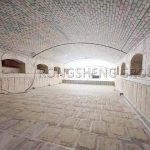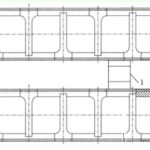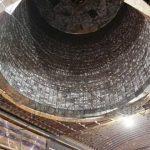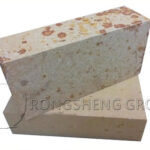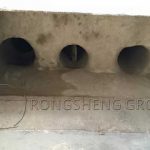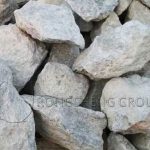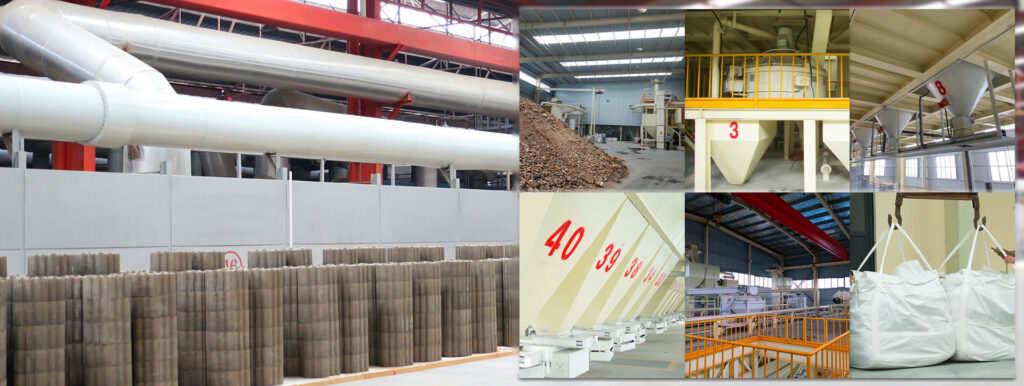High-alumina bricks can be compared with anti-spalling high-alumina bricks in terms of raw materials and processes, performance characteristics, application fields, and costs.
Raw Materials and Process Proportions
Both high-alumina bricks and anti-stripping high-alumina bricks primarily use high-alumina bauxite as their raw material. However, anti-spassing high-alumina bricks incorporate zircon during the production process. This addition significantly enhances the product’s strength, chemical resistance, and thermal stability. The addition of zircon results in a lower coefficient of thermal expansion and thermal conductivity, leading to superior performance at high temperatures. In contrast, high-alumina bricks, using only high-alumina bauxite, exhibit relatively weaker chemical resistance and thermal stability.
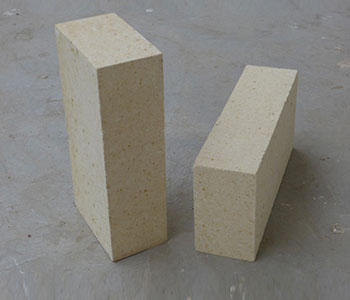
Performance Characteristics
- Anti-spasting Performance
The most significant characteristic of anti-spalling high-alumina bricks is their superior anti-spalling ability. They effectively resist the erosion of potassium, sodium, sulfur, chlorine, and alkaline salts. Their low thermal conductivity allows them to maintain good thermal stability at high temperatures. These bricks exhibit excellent thermal shock resistance and strong adaptability to various atmospheric environments, making them particularly suitable for harsh environments such as the transition and decomposition zones of cement kilns.
- Thermal Stability
The high-temperature firing temperature of anti-spalling high-alumina bricks is 30°C higher than that of ordinary high-alumina bricks, resulting in a higher load softening temperature and a lower thermal conductivity. These characteristics enable anti-spalling high-alumina bricks to maintain better structural stability at high temperatures, reducing damage caused by thermal expansion.
- Chemical Corrosion Resistance
The chemical corrosion resistance of anti-spalling high-alumina bricks is significantly superior to that of ordinary high-alumina bricks. While high-alumina bricks also possess some chemical corrosion resistance, their performance is significantly insufficient when facing strongly alkaline slags. In contrast, anti-spalling high-alumina bricks effectively resist the erosion of alkaline salts, extending their service life.
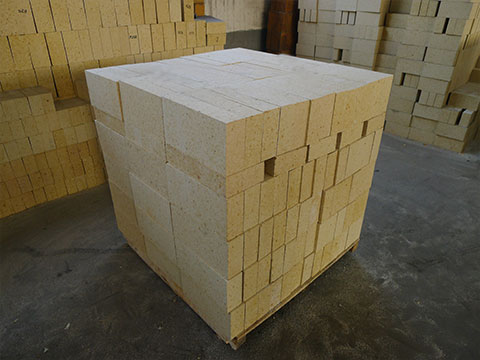
Application Areas
- Anti-sparging High-Alumina Bricks
Anti-sparging high-alumina bricks are mainly used in high-temperature, highly corrosive environments such as the transition zone and decomposition zone of cement kilns. They are also suitable for the preheating zone of rotary kilns, the interior of decomposition furnaces, and grate cooler sections. These areas require extremely high resistance to spalling, chemical corrosion, and thermal stability of refractory materials, and anti-sparging high-alumina bricks can meet these stringent conditions.
- High-Alumina Bricks
High-alumina bricks have a relatively wide range of applications, mainly used in blast furnaces, hot blast stoves, electric furnace roofs, blast furnace linings, reverberatory furnaces, and calcium carbide furnace linings. In addition, high-alumina bricks can also be used to produce checker bricks, stoppers, and nozzle bricks. Although their chemical corrosion resistance and thermal stability are not as good as anti-sparging high-alumina bricks, high-alumina bricks are still an ideal choice in some applications where these performance requirements are relatively lower.
Cost and Selection
High-alumina bricks and anti-spassing high-alumina bricks differ significantly in price. Due to their superior performance and complex production process, anti-splash high-alumina bricks are relatively expensive. While high-alumina bricks have slightly inferior performance, they are more affordable and suitable for applications with relatively lower performance requirements.
High-alumina bricks and anti-spassing high-alumina bricks each have their own performance characteristics and application scenarios. Anti-spalling high-alumina bricks excel in anti-spalling ability, chemical corrosion resistance, and thermal stability, making them suitable for harsh environments such as the transition and decomposition zones of cement kilns. High-alumina bricks, on the other hand, are more price-competitive and suitable for linings in various high-temperature furnaces. Users should choose refractory materials rationally based on specific usage conditions and budgets to achieve the best performance and economic benefits.
What Temperature is Most Detrimental to the Use of High-Alumina Bricks?
High-alumina bricks are most vulnerable to use under alternating hot and cold temperatures. Frequent cooling processes cause them to expand, shrink, and crack severely.
High-alumina bricks are classified as a type of neutral refractory in the refractory materials category. They are widely used, but their performance in acidic and basic furnace linings is relatively poor. The optimal temperature for use is within the furnace lining temperature range of 1300-1350℃.
Damage to high-alumina bricks inside high-temperature furnace linings is primarily due to thermal shock. Thermal shock takes many forms, with thermal stress and rapid temperature changes being the main factors determining the brick’s service life.
High-alumina bricks have relatively low thermal conductivity and elasticity, resulting in poor resistance to thermal stress and temperature changes. Rapid heating and cooling are most likely to cause cracking and spalling, leading to internal fragmentation and ultimately large-scale damage.
High-alumina bricks are most vulnerable to alternating hot and cold temperatures. This is because cracks in the particles will slowly propagate, eventually reaching the interface between the particles and the matrix. However, if the thermal stress is not gradually increased, the cracking can stop. But if the applied stress continues to increase, cracks will penetrate the particles and propagate along the particle-matrix interface, resulting in irregular cracks. In such cases, the high-alumina brick can no longer be used.
The thermal shock resistance of high-alumina bricks can be improved, but this requires the addition of other raw materials for adjustment. For example, sillimanite, andalusite, and kylanite can enhance the thermal shock resistance of refractory bricks. Improved thermal shock resistance increases the refractory brick’s ability to withstand alternating hot and cold temperatures and frequent temperature changes. Bricks with added thermal shock resistance are the now commonly seen composite refractory bricks, also known as anti-spalling high-alumina bricks, low-creep high-alumina bricks, or three-stone bricks.

